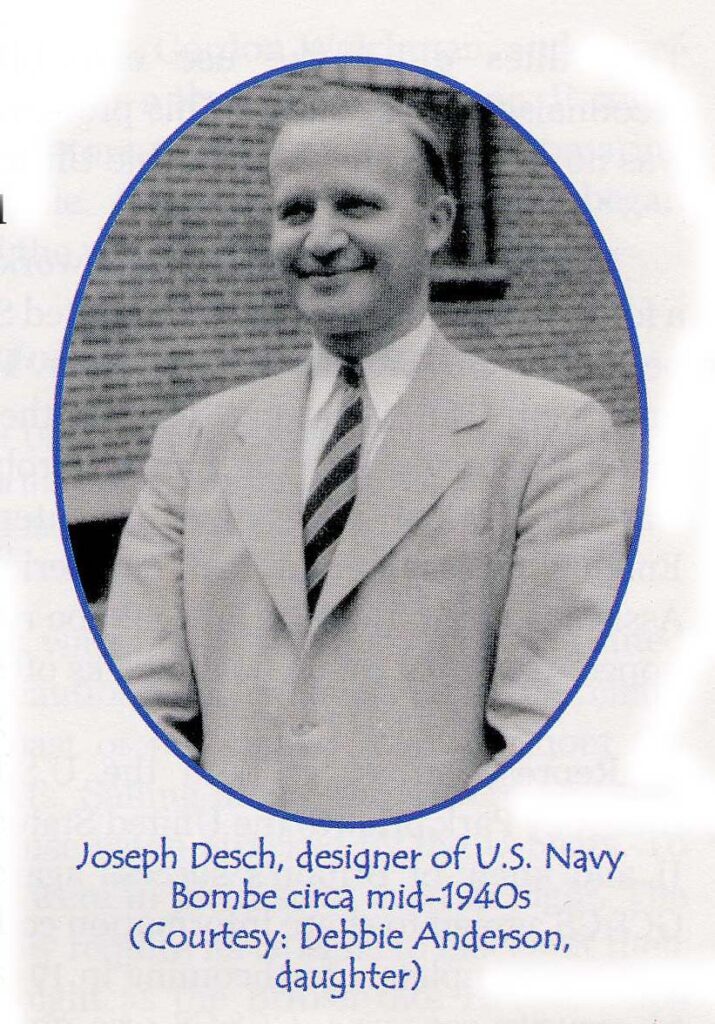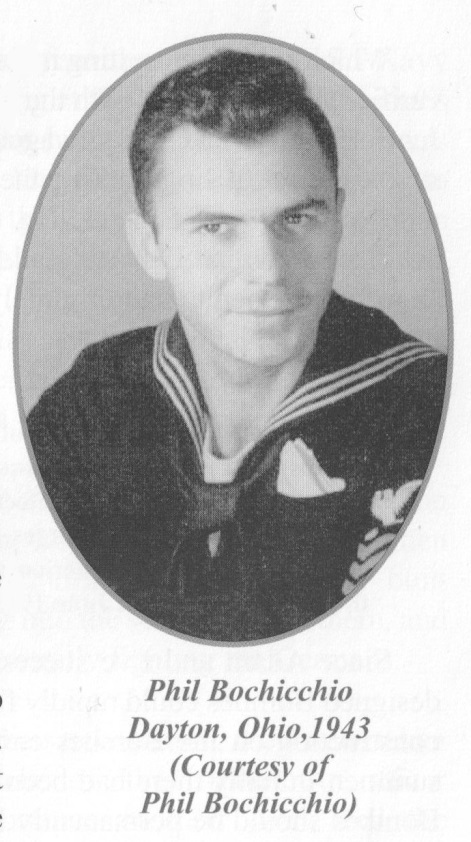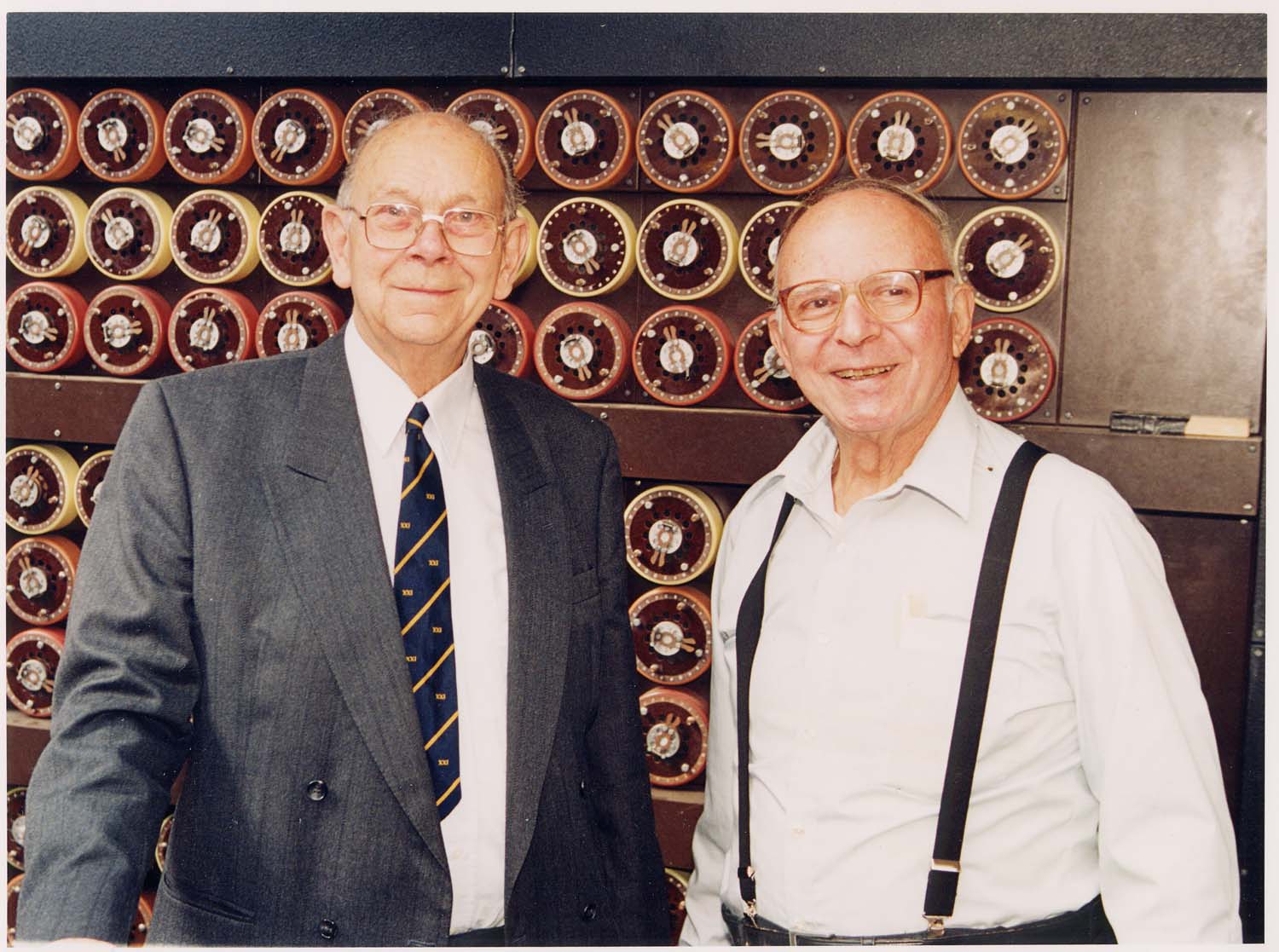The American Naval Bombe N-530
Introduction
Some of the images used on this section of the WEBsite may be subject to copyright or Intellectual Property so please don’t pass these updates to anybody else without checking back.
This information belongs to John Harper but with Input from Debbie Anderson, Joe Desch’s daughter and considerable input from Philip Marks
Phil is British by birth but now lives in the States. He has written and published many cypher related papers and carried research in the past with John Borthwick
There will occasionally be references to our rebuilt machine but this will not be a detailed comparison.
Terminology
There are many equivalent names etc. that the Americans use. These are:
UK USA
Valve Tube
Wheel Drum
Stop Hit
Letchworth Enigma Bank
A 25 B 24 C 23 ————————————————— X 02 Y 01 Z 00
Also, apparently for security reasons, our BTM (British Tabulator Machine co) machines used letters and number whereas they were described in numbers on the N-530
Clearly, the numbering maybe the other way around but with the same equivalences. Occasionally there might be a small number of deviations.
Some of the images of the complete machine might have the top units reversed. When describing front and rear this applies to the lower section. The top frame only stood on top and connected to the main chassis using Jones Plugs and sockets
History of the development
The American Naval Bombe was designed from the offset as a 4wheel machine. These were built by NCR (National Cash Register) company in their factory in Dayton Ohio. Joe Desch was the head engineer with responsibilities somewhat similar to ‘Doc’ Keen
Approximately 210 machines were made but a few might have been N-1530. These had minor improvements but externally they looked the same.
It was recognised that they would have to be able to run 3Wheel jobs. This being made possible by disconnecting drive to the very fast wheels and switching out part of the circuits.
They were shipped to Washington DC where teams of WAVES, similar to our WRNS, operated them
One of the engineers who worked on these American machines in WWII was
Phil visited Bletchley Park some years ago and brought N-530 sample drums and commutators with him. We were very fortunate that Norman Hedges was able to visit on the same day. They both had very similar jobs and experiences in WWII in being very knowledgeable about their Bombes whilst operating on the opposite sides of the Atlantic




